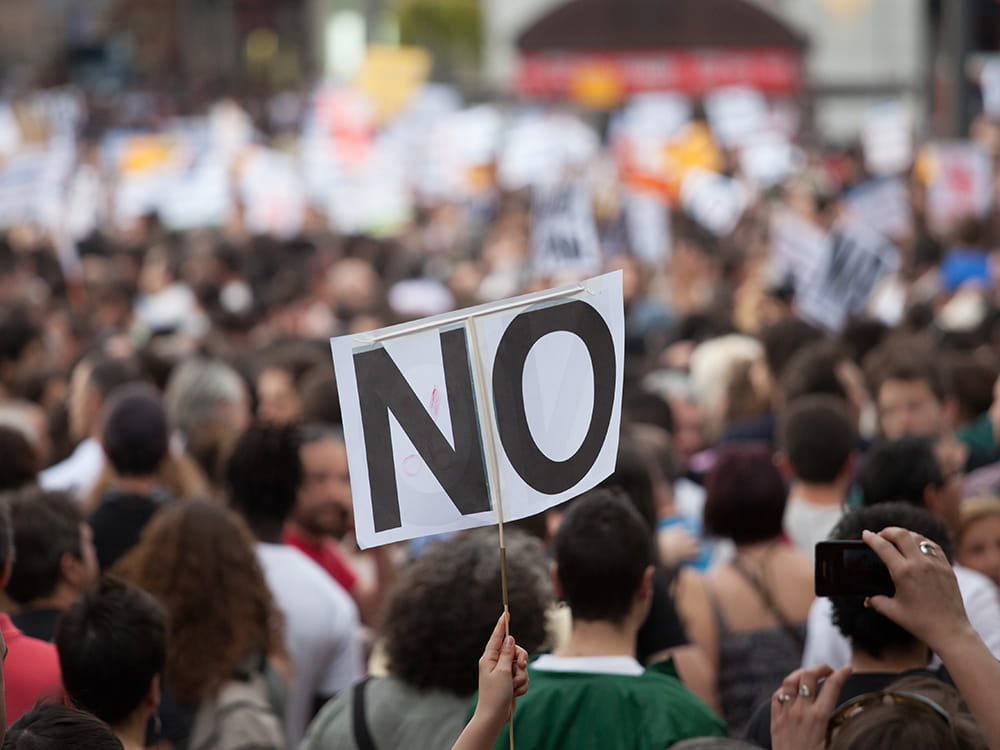
There have been huge changes for women over the past 100 years, especially in areas such as employment. Women have been taking the reins of their life and doing things that their mothers and grandmothers only dreamed of doing. These advances are great and can make it seem like women are truly equal in today’s world.
However, that is yet to be the case.
Women are still facing a lot of push-back, and they aren’t fully equal to men in the modern era. At least, not quite yet.
It was just in 2011 when women, for the first time ever, made up slightly more than half of the United States workforce. This is fantastic news, however it hides some truths. Although more women are working, they are often still worse paid than men, in both part-time jobs and huge, career building adventures. In some cases, the only reason more women are working is due to the fact that the family needs two incomes to make ends meet and not due to their own personal autonomy.
Women are making huge strides, but we aren’t equal with men just yet. Here are some ways that women still aren’t living in a 50/50 world.
Women are underrepresented in government.
Women make up about 50.8 percent of the United States population; however only make up 27 percent in the House of Representatives and 22 percent of the Senate. Despite these low numbers, this is still the most diverse government Congress has had in American history according to the Washington Post. This isn’t just seen in the U.S. either. In 2015, only 22 percent of all national parliamentarians were female.
Women are underrepresented in the news, executive suite and tech sector, too.
Not only are women underrepresented in the government, they are underrepresented just about everywhere you go. According to Business Insider, women only account for 17 percent of board members and 5 percent of CEOs at Fortune 500 companies. In the media women are only on camera about 32 percent of the time, according to a 2015 report put out by the Women's Media Center. They also only account for 37 percent of the stories written in print. Furthermore, women on average make up about 30 percent of the workforce at the largest tech companies, including Google, Facebook and Twitter.
Sexual and domestic violence is still a huge concern.
While it’s true that sexual and domestic violence can happen to men as well, there is still a lot of work to be done on making sure women feel safe. There are lots of studies that show how prevalent violence against women still is today. According to the National Coalition Against Domestic Violence, one in three women have been a victim of some form of physical violence by an intimate partner, and one in six American women will be the victim of an attempted or completed rape, according to the Rape, Abuse & Incest National Network. The Department of Justice reports that the rates are even higher for women who identify as transgender or bisexual. Women are far more likely to be the victims of human trafficking, and female soldiers are more likely to face rape and harassment.
More awareness has been brought to these issues, especially over the last year with the #MeToo movement. Work still needs to be done, however, for this to not be a problem women face so prevalently.
Equal work doesn’t equal pay.
This issue has long been debated, but at the end of the day the statistics are clear. Overall, women earn 80 cents for every dollar earned by men, according to the National Partnership for Women & Families, with black women earning 63 cents and Latinas earning 54 cents. Many will argue that these numbers don’t reflect factors such as occupation and experience, however even when those controls are present, a wage gap persists. Female doctors, for example, are paid about $20,000 less a year than male doctors.
"There are long-standing beliefs that there are separate worlds and responsibilities for women. Women are different and so they make these choices and some part of this inequality is simply the product of choices women make," legal scholar Kimberlé Crenshaw states.
"You can't blame all of the inequality women face on difference. It's not difference, it's a matter of power — who gets to decide what a worker is, who gets to decide what the implications of reproduction are, in whose vision is a worker basically somebody who has no childcare responsibilities?"
These are just some of the ways that women aren’t seen as equals in today’s society. There are so many other issues, including maternity leave, the poverty line, and even women in high school sports that displays the inequality women still face today. Just because we have made great strides doesn’t mean it’s time to stop now. There are still issues that need to be addressed in order for women to truly get the best life available for them.

